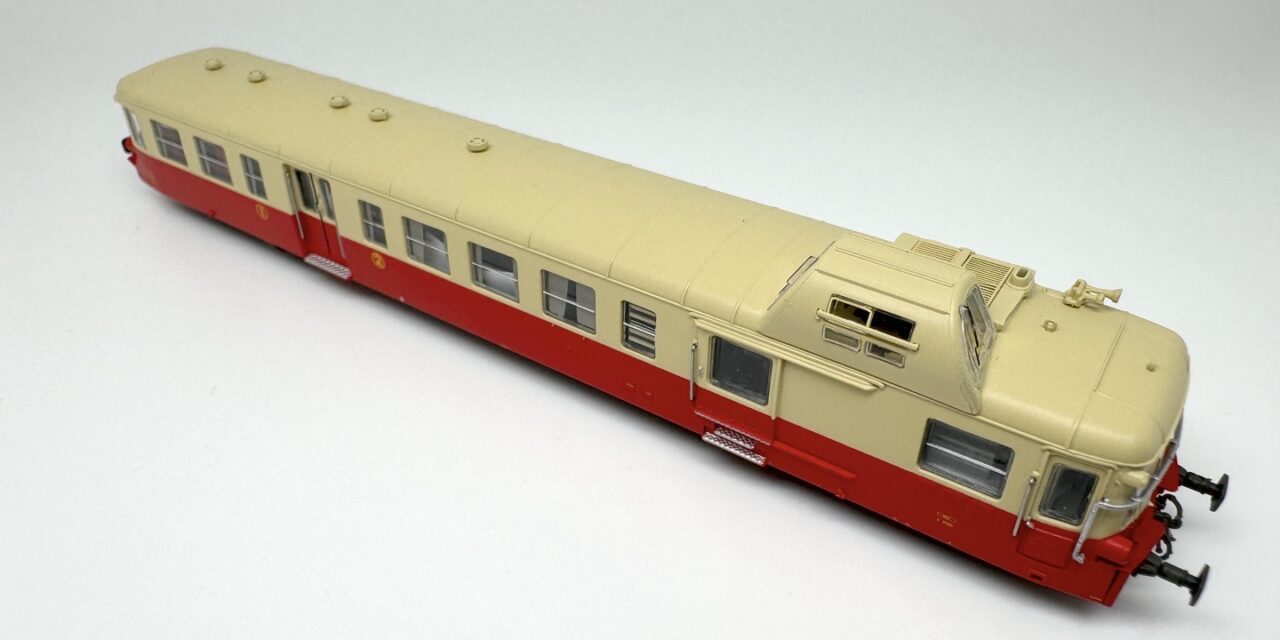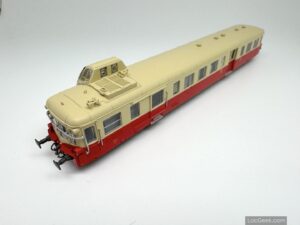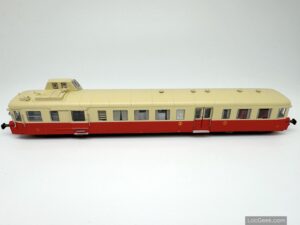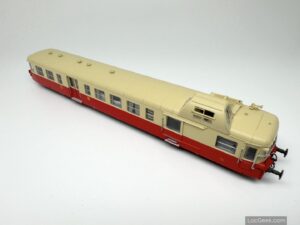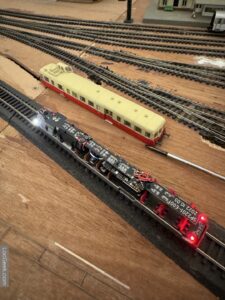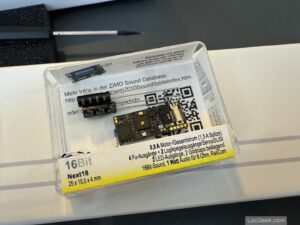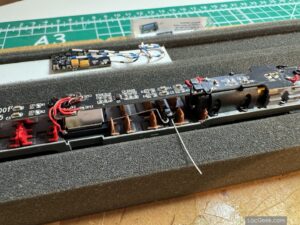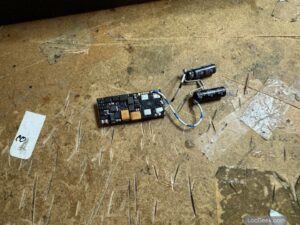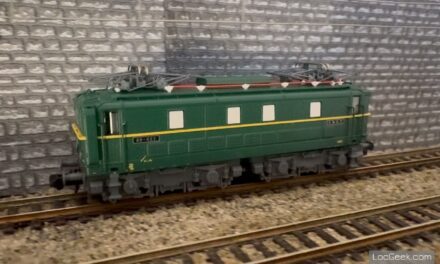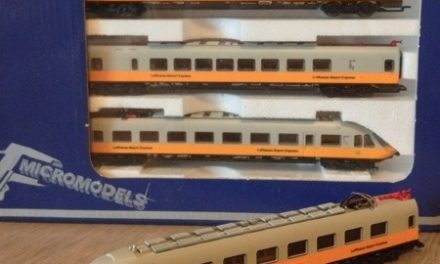Here is the legendary SNCF “Picasso” railcar in N Scale from Trains160. Brief overview of the model, which I’ve enhanced with sound and more, of course!
SNCF “Picasso”, the original
The X3800, widely known as the Picasso, is an iconic DMU in France. Its unique design, featuring an off-center driver’s cab (or nose, hence the Picasso nickname), quickly became a symbol of innovation in French rail transport. Its widespread use on rural lines cemented its iconic status among train enthusiasts.
The model
This is the first model I’ve purchased from Trains160, and I’m very positively surprised by its quality. The model is extremely detailed and comes with a range of detailed accessories. It’s available in a sound-equipped version, but I chose the non-sound variant that includes a Next18 DCC plug.
Technically, the model is top-notch, paying attention to all the fine details, making it a dream for technically oriented modelists.
The features include:
– Independent control of each headlight pair (front white, rear white, front red, rear red) for realistic lighting.
– Separate interior lighting control for added realism.
– The iconic driver cab at the top has its own light, also controlled independently.
– The model comes ready for digital conversion with a Next18 plug and a loudspeaker, even in the analog version.
In contrast to my experience with smaller French manufacturers, like the disappointing technical quality of the RGP railcar model from Mikadotrain, Trains160 has truly delivered an exceptional model.
Adding sound
I decided to add sound to the model myself. Trains160 recommends ESU decoders, but I chose the Zimo MS580N18G for its significant power buffer. This is especially useful for a light railcar like the Picasso, which might face power issues on switches or dirty tracks.
Zimo provides a high-quality, paid sound project for the Picasso, but configuring their decoder can be quite challenging. However, the hardware quality is excellent, and their customer support is very helpful.
Installing the decoder in the railcar was straightforward, following clear instructions.
The only issue was with the cab lighting, which didn’t work initially. Instead of sending it to customer service, I fixed it by soldering a new LED. But that’s an issue most users shouldn’t have to face.
Tests and runs
After the somewhat tedious configuration of the Zimo Decoder settings, the model runs beautifully. It’s a gorgeous addition to my (limited) French rolling stock.
The Zimo MS580N18G includes a power buffer similar to their STACO range, which is a game-changer. The Picasso can run 1 or 2 seconds fully without power, a significant improvement over typical capacitor buffers that only cover a few milliseconds. This buffer has a capacity equivalent to 300,000 microfarads, 300 times more than what I usually add to my engines.
This exceptional combination of the Trains160 model’s quality and the Zimo decoder’s advanced technology results in a perfect running experience for this little French star on my predominantly German layout.
Reminder: I am a hobbyist and these articles only represent my personal views. I am not receiving any compensation, in any form, from the brands or stores mentioned here. The product names, marketing names, and brands mentioned here are the property of their respective owners.

